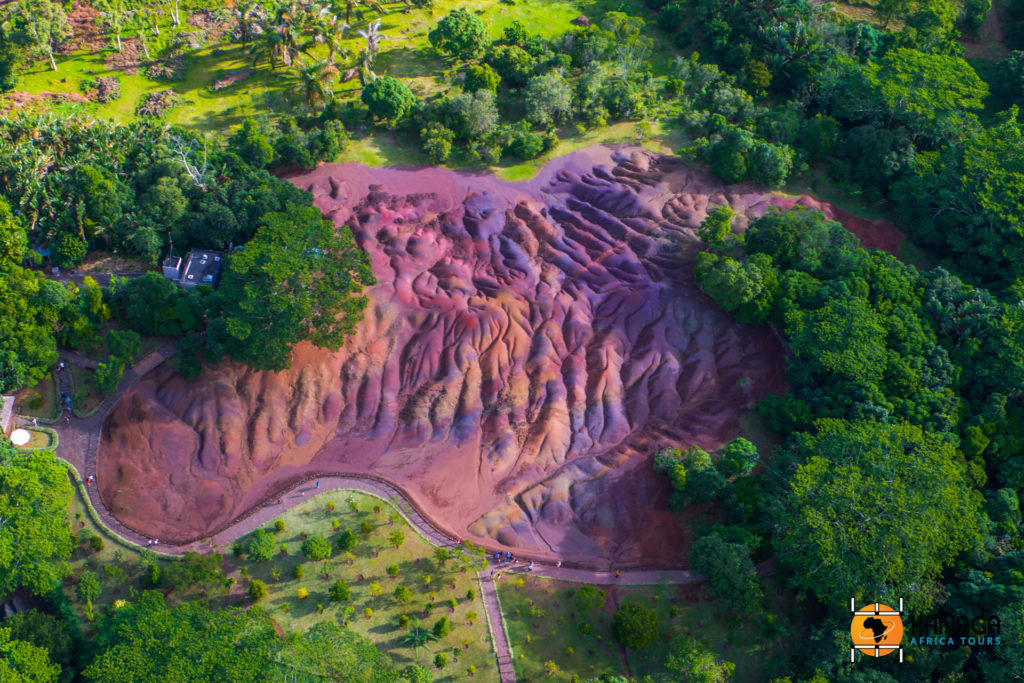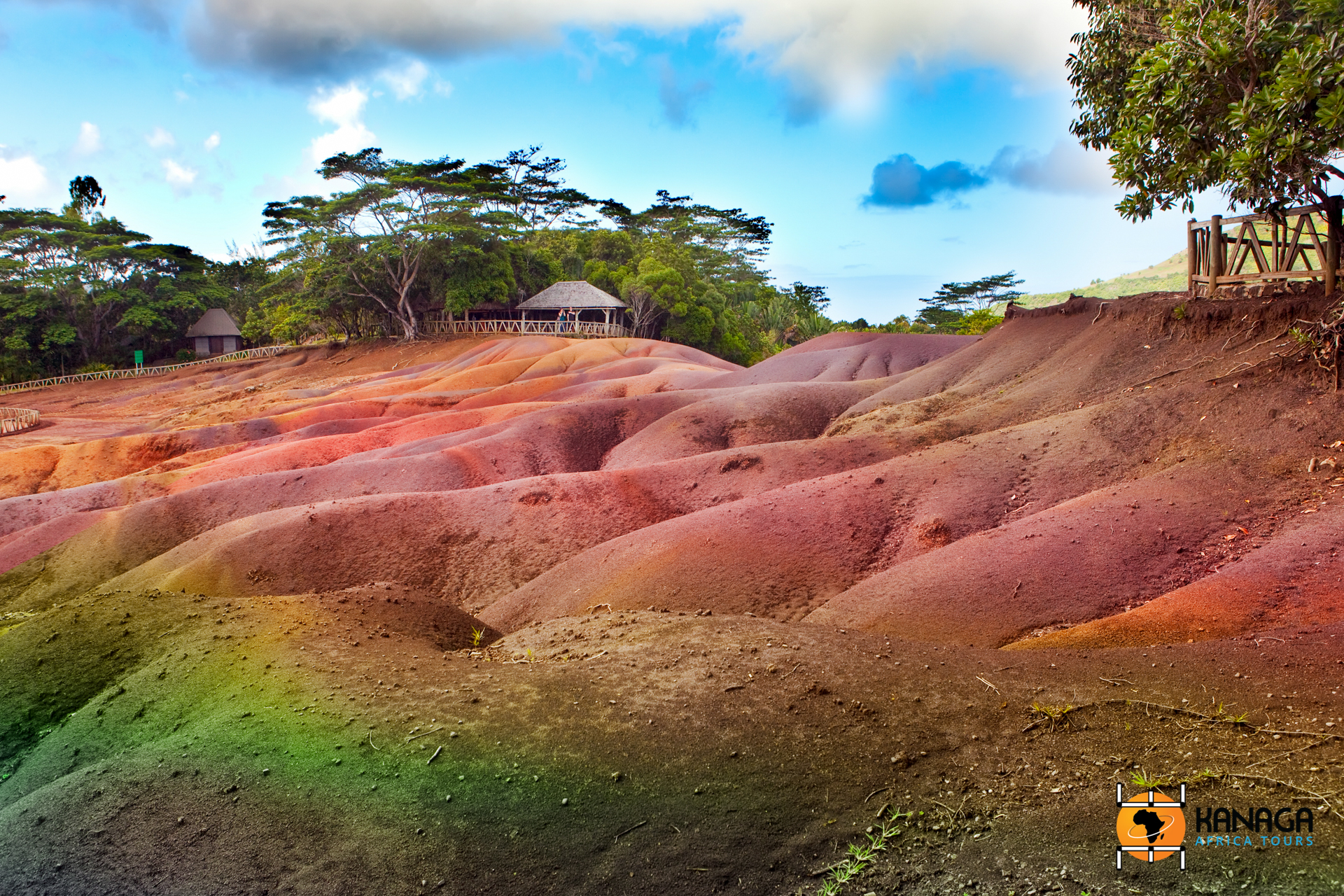Mauritius, with its paradisiacal beaches, dreamy resorts and an effervescent mix of different cultures and traditions, has an added value in its breathtaking scenery, its wild tropical nature, which despite vast tea and sugar cane plantations, has preserved intact corners of rainforests and preserved endemic species of flora and fauna.
Approximately 2% of its territory is occupied by the Black River Gorges National Park, which extends to the south-west of the island, over an area of hilly hinterland covered with endemic forests. Scenically, it is perhaps the most spectacular in Mauritius, while from a naturalistic point of view, it is home to some 300 species of flowering plants, 9 endemic species of birds, including the rare kestrel, parakeet and pink pigeon, and more than 4,000 Mauritius flying foxes.
Needless to say, a hike through this lush paradise, a biosphere reserve, is a must, with itineraries through the dense wet forest and views of gorges, waterfalls, hills and the wide valleys crossed by the river of the same name, the ‘Black River’, spotting rare species in the park and spotting deer, wild boar and macaques peeping out among the centuries-old ebony trees.
The walking trails are numerous and within everyone’s reach, and run along a network of paths of around 60 km, while the more adventurous can try their hand at rock climbing or roped descending the canyons, among the torrents of water that snake their way through the narrow gorges.
Not to be missed in the vicinity of the park are the striking 7 Tamarin Waterfalls, a true aquatic Eden, a stop at the marvellous Gorges Viewpoint, which offers probably the most beautiful panorama of the entire island, dominated by the peak of Mont Piton, but also the Charamel Falls with their 95-metre height and the surreal shades of the sand dunes of the Seven Colours Lands.
Those who think they will only find beaches in Mauritius will have another think coming!







